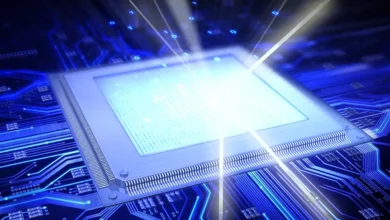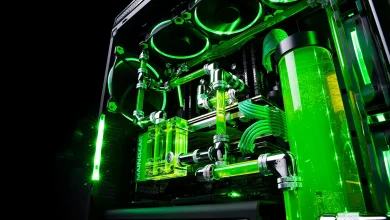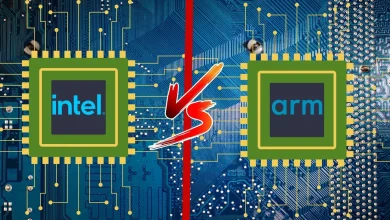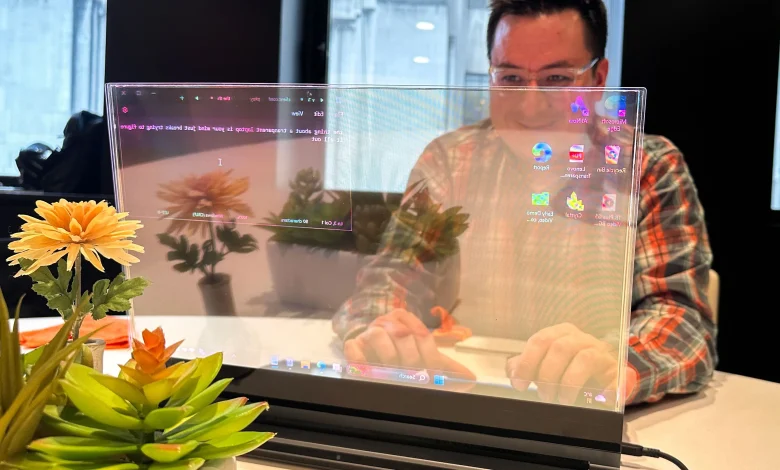
Are We Entering the Era of Transparent Laptops?
Lenovo’s bold concept hints that transparent laptops might shape the future. But are we really ready for see-through computing?
At MWC 2024, Lenovo introduced a concept that feels straight out of a sci-fi movie: fully transparent laptops. Featuring a 17.3-inch Micro-LED panel, the device includes a see-through display and a glass-like virtual keyboard. It’s not just a visual stunt—it represents a radical shift in how we might interact with our computers in the near future.
The laptop’s minimalist design eliminates traditional components like a visible chassis or mechanical keyboard. It pushes boundaries, creating a clean, seamless look where users can literally see through the device. But is this just a flashy prototype or a glimpse into the future of personal computing?
Current Limitations and Public Response
Despite its futuristic appeal, the concept faces some real-world hurdles. Micro-LED technology is still developing and may not yet match the brightness or resolution of OLED or LCD screens. Also, transparency can make visibility harder in bright lighting conditions, reducing the practicality of transparent laptops for everyday use.
The virtual keyboard lacks tactile feedback, which could affect typing efficiency and comfort. Lenovo acknowledges these issues and emphasizes that this is only a concept for now. Still, the unveiling has sparked major excitement and debate in tech communities worldwide about the role of transparent laptops going forward.
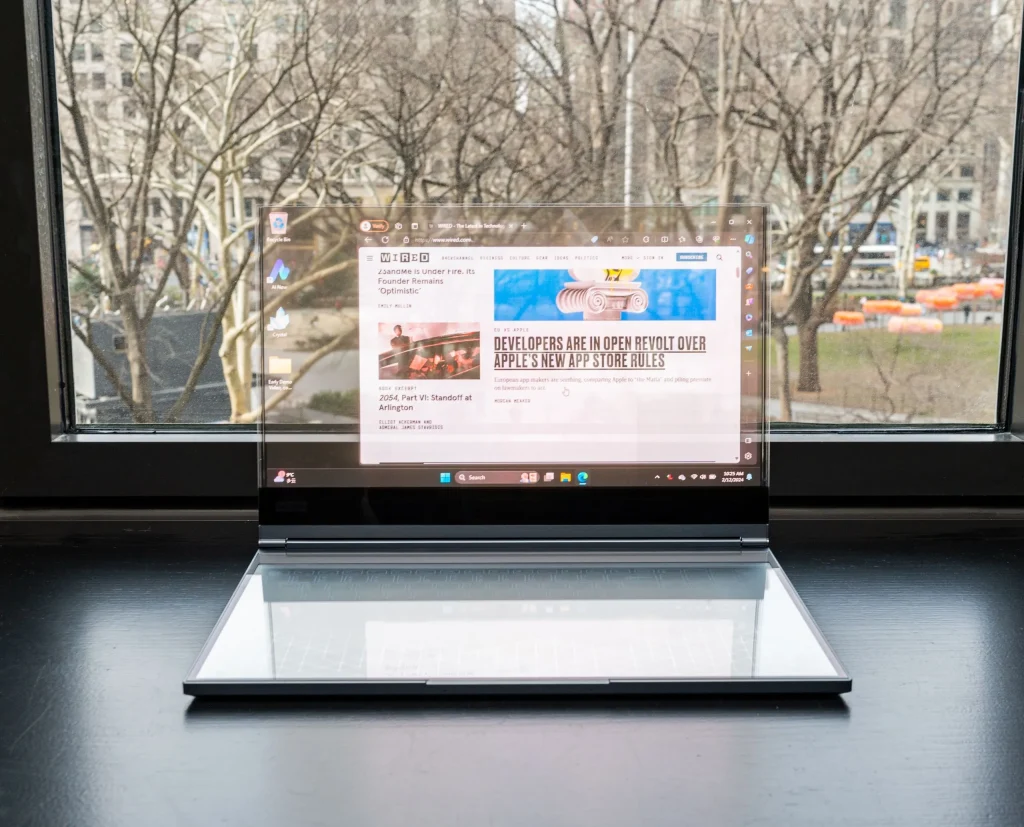
Use Cases and Future Applications
While the concept may not be ready for mainstream adoption, it opens doors for new use cases. Think of designers, architects, or artists overlaying content on real objects behind the screen. In retail or exhibitions, transparent laptops could enhance interactivity while maintaining an aesthetic edge.
Developers also envision augmented reality features integrated with transparency, enabling new layers of user interaction. By combining see-through screens with gesture control or AI support, the computing experience could become more immersive and responsive than ever before.
Are We Ready for Transparent Tech?
It’s too early to say whether transparent laptops will become common household devices, but the momentum is building. As Micro-LED and virtual input technologies advance, companies like Lenovo are setting the stage for a new visual era in consumer electronics.
If future versions can overcome visibility, durability, and user-experience challenges, transparent laptops could shift from being a tech demo to a disruptive market player. Until then, they remain a symbol of the innovative—and sometimes experimental—future that’s just beginning to take shape.
